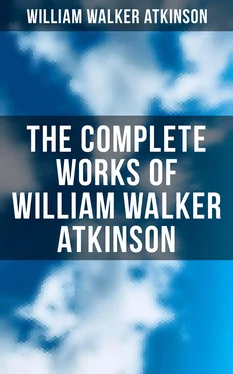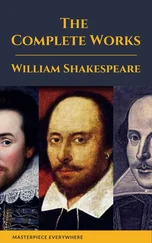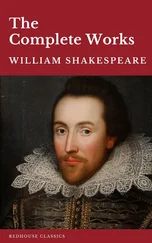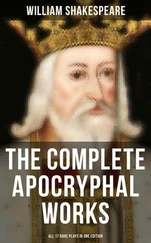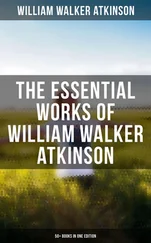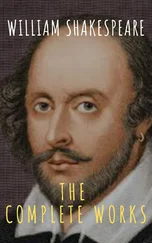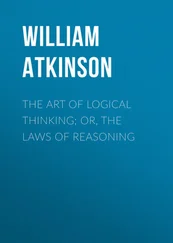The following quotation from Clodd’s “Story of Creation” will serve as an example of a short but clear Expositive Discourse:
“MATTER.—Under this term are comprised all substances that occupy space and affect the senses. Matter is manifest in four states—solid, liquid, gaseous, and ultra-gaseous in the form of electrically-charged corpuscles projected into space. It is probably also present throughout the universe in the highly tenuous form called ether. Between the above states there is no absolute break, matter assuming any one of them according to the relative strength of the forces which bind, and of the energies which loosen, the component parts of bodies; in other words, according to the temperature or pressure. E. g ., water becomes solid when its latent heat or contained motion is dissipated, and gaseous to invisibility when its particles are driven asunder by heat. Since the ultimate nature of matter remains unknown and unknowable, we can only infer what it is by learning what it does . The actions of bodies, whatever their states, are explicable only on the assumption that the bodies are made up of infinitely small particles which, in their combined state as mechanical units, are called molecules; and in their free state, as chemical units, are called atoms. The molecule is a combined body reduced to a limit that cannot be passed without altering its nature. The atoms, or so-called elementary substances, number, as far as is known at present, between seventy and eighty, but many of them are extremely rare, and exist in such minute quantities as to be familiar only to the chemist. They were called ‘atoms’ on the assumption of their indivisibility, but this has been recently disproved. The atom is an aggregation of what are called ‘electrons,’ which are in ‘a state of rapid interlocked motion,’ and concerning which, Sir Oliver Lodge says, ‘It is a fascinating guess that they contain the fundamental substratum of which all matter is composed. * * * On this view, the ingredient of which the whole of matter is made up, is nothing more or less than electricity.’ It is estimated that an atom of hydrogen contains 700 electrons; an atom of sodium 16,000, and an atom of radium 160,000. An atom of matter possessing an electron in excess is called an ‘ion,’ and it is the ‘ions’ which act, a negative charge causing the impulse to motions of enormous velocity. Each atom may be compared with the solar or stellar systems as containing a number of bodies moving In rapid orbits. But the comparison falls when the age of the one and that of the other is estimated, since ‘it is probable that the changes in the foundation stones of the universe, the more stable elemental atoms themselves, must require a period to be expressed only by millions of millions of centuries.” Although no known energy that we can apply can separate any one atom into two, so that, as Dalton said, ‘no man can spilt an atom,’ we do not any longer speak of atoms in the words of Clerk Maxwell, as ‘the foundation stones of the material universe, unchanged and unchangeable, not capable of wear, but as true to-day as when they were coined at the mint of the mighty Artificer.’ Nothing escapes the law of change. The shrewd speculations of Heraclitus the Ionian, who lived two thousand five hundred years ago, that everything is in a state of flux, and, therefore, that the universe is always ‘becoming,’ have added confirmation in every discovery of modern physics. An atom, say, of oxygen, entering into myriad combinations, may exhibit the same qualities for millions upon millions of years, but its destiny to ultimately become something other than it is, perchance every atom dissolved, as Sir William Crookes suggests, into ‘the formless mist’ of protyle—assumed the primordial matter—is irrevocable.”
But it must not be supposed that Expositive Discourse is intended only for the purpose of technical or scientific explanation. The lawyer uses it in expounding the principles of the law involved, and the rules of evidence in question; the physician when he is discussing the nature of some particular form of disease; the professor when he is teaching his particular branch; the literary or dramatic critic when he is discussing the merits of a book or play; and the financier when he is setting forth the general features of investment or finance. In Exposition, both Description and Narration are frequently included, in order to illustrate and explain certain points and features of the general subject. And Exposition often invades the province of Argument, when it goes beyond the pure explanation of the general subject, and seeks to urge the merits of some particular theory involved. The various forms of Discoursive Expression are not to be separated from each other, and placed in different mental compartments—on the contrary, they shade and blend into each other, forming many interesting combinations. The classification is adopted principally for convenience in analysis and study of the principles involved.
Chapter X.
Argumentative Discourse
Table of Content
ARGUMENTATIVE DISCOURSE deals with the process of convincing or persuading of the understanding, by proofs or presentation of evidence, to the end that the opinion or will, or both, of the hearer may be influenced. “Argument,” in its popular usage, means: “The act or process of reasoning, contention, controversy; that about which arguing, debate, or reasoning takes place, or the reasons adduced; the reasons adduced in support of any assertion.”
In its technical usage in Logic, it is defined and explained by Whately as follows: “An expression in which, from something laid down as granted, something else is deduced, i. e ., must be admitted to be true as necessarily resulting from the other. Thus, reasoning expressed in words is argument, and an argument stated at full length is a syllogism. Every argument consists of two parts—that which is proved, and that by which it is proved. Before the former is established it is called ‘the question,’ and when established, the ‘conclusion’ or ‘inference,’ and that which is employed to effect this result, the ‘premises.’”
Watts says: “Argumentation is that operation of the mind whereby we infer one proposition from two or more propositions premised; or it is the drawing a conclusion, which before was unknown or doubtful, from some propositions more known and evident.” Another authority says: “Argumentation is the act or process of reasoning; that is, of drawing a deductive inference from premises given, or of inductively making a generalization from a multitude of facts carefully brought together and sifted.”
Hill says: “Argument, like exposition, addresses the understanding, but there is an important difference between the two. Exposition achieves its purpose if it makes the persons addressed understand what is said; argument achieves its purpose if it makes them believe that what is maintained is true ; exposition aims at explaining , argument at convincing . The difference between an argument and an exposition may be shown by a comparison between the address of an advocate to the jury, and the charge of the judge. The advocate tries to convince the jury that his client has the right on his side; the judge, if he has the truly judicial spirit, tries to make the jury understand the question at issue exactly as it is.”
As we have said in the preceding chapter, Exposition often invades the field of argument, and skilfully brings into relief certain sides of the general question, or else emphasizes certain aspects of the case, so that the explanation is transformed into an argument . And, likewise, Argument may clothe itself in the garb of Exposition, so that while to ordinary outward appearance it is merely an explanation , the effect of that explanation is really one of the most effective forms of argument. Moreover, in every lengthy argument, there must of necessity be more or less Exposition, or explanation of that which is to be proved. And, likewise, the majority of Arguments are preceded by Exposition, or explanation of that upon which the Argument is to be based.
Читать дальше
